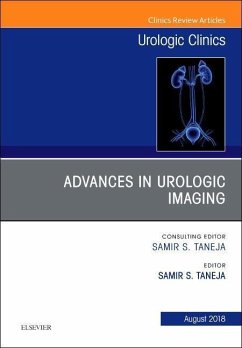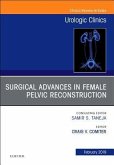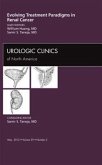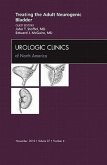Dr. Samir Taneja is serving as the Guest Editor for this issue that provides updated and technical content on imaging techniques in urology. Top experts provide clinical reviews on the following topics: Dual-Energy Computed Tomography in Genitourinary Imaging; Diffusion-Weighted Genitourinary Imaging; Upper and Lower Tract Urothelial Imaging Using Computed Tomography Urography; Imaging of Solid Renal Masses; Imaging of Cystic Renal Masses; Image-Guided Renal Interventions; Practical Approach to Adrenal Imaging; Technique of Multi-parametric MRI of the prostate; Multi-parametric MRI- Interpretation Including PIRADS v2; Prostate MRI for Staging; Prostate MRI for Post-Treatment Evaluation and Recurrence; Imaging of Prostate Cancer Using 11C-Choline PET/Computed Tomography; Imaging of Prostate Cancer Using Fluciclovine; and Gallium-68 Prostate-Specific Membrane Antigen PET Imaging. Readers will come away with a clearer understanding of how the latest imaging modalities are utilized for disease diagnosis and management.
Hinweis: Dieser Artikel kann nur an eine deutsche Lieferadresse ausgeliefert werden.
Hinweis: Dieser Artikel kann nur an eine deutsche Lieferadresse ausgeliefert werden.








